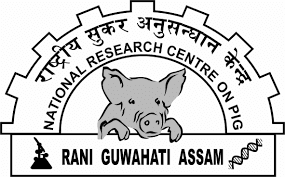Preface
According to different study reports and consumer surveys, a considerable market potential is forecasted for organically and naturally produced pork in India. However, currently the supply clearly lags behind the demand. Compared to other areas, organic pig production is of minor relevance in organic agriculture in India and is still in its beginning stage owing to multitude of reasons. Beside a lack of market transparency as well as an insufficient marketing structure, there are severe problems with regard to the conversion of conventional pig units into organic or natural farming units. Among other factors, the traditional housing systems with fully concrete or fully-slatted floors may not be used as such in organic pig production and rebuilding and new buildings based on the indoor and outdoor areas are very expensive. Thus, organic/natural free-range systems might be a fundamental alternative to keeping pigs indoors.
While in some countries free range systems for pigs are well established, only little experience and knowledge are available concerning the production of pigs in outdoor systems in India. A systematic study needs to be undertaken in India to identify problems within organic and natural pig farming systems and to provide strategies for its improvement. Natural/ organic farming systems for rearing pigs have to take into account various aspects at the same time. Therefore, only a system-oriented approach seems to be adequate to deal with the problems. Thus, an interdisciplinary approach is inevitable to augment the organic or natural pig farming practices in India.
The objectives of preparing this document are to provide an overview of the different aspects and problems and to discuss possible solution strategies towards establishing natural and organic farming practices in India. The contributions are intended to provide comprehensive information on the current state of natural and organic farming systems for pigs in India with regard to the increasing demand for organic and natural pork, including value added pork products.
The chapters are contributed by experts in their domain areas. It is our hope that this book will serve as a catalyst for positive change, driving progress toward more sustainable, ethical, and economically viable practices in the pork industry.
In closing, we invite you to explore the pages that follow with curiosity and an open mind. May the insights and strategies presented here help you to not only adapt to the demands of a rapidly changing market but also to lead with innovation and integrity in the realm of export-oriented, natural, and organic pig husbandry in India.
Authors
